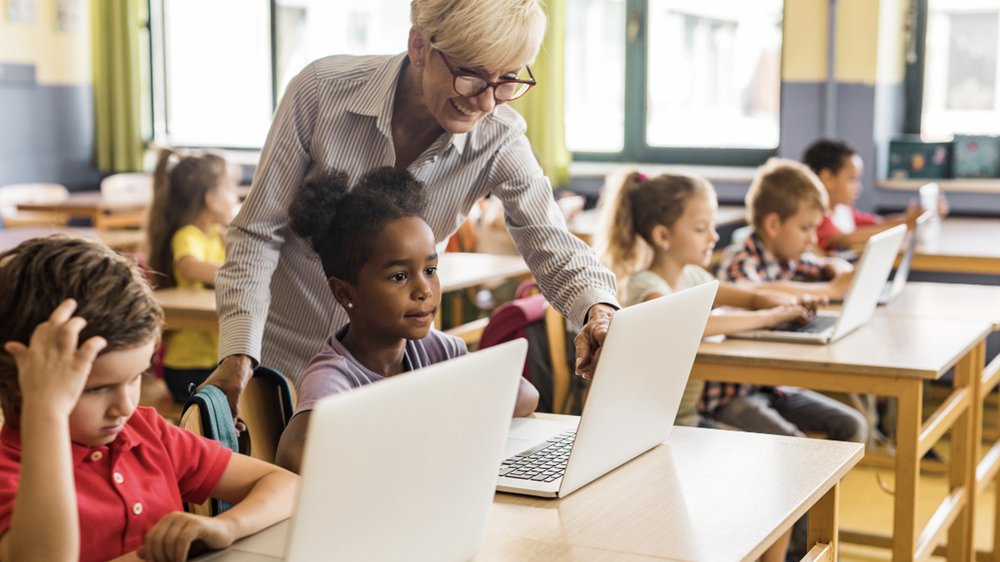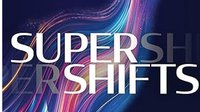New York City’s decision to put on hold the city’s gifted programming has sparked discussions nationwide around the impact and equity of gifted programs. Similarly, recent reports on the COVID slide and the future of education also raise questions about how to meet the cognitive needs of all students, with a particular focus on teaching independent problem solving skills. Given that the state of gifted education is continuously evolving, here are some predictions for 2023:
#1 – Inequitable identification practices will get worse relying on achievement data as a universal screener
Schools are feeling increased pressure to minimize student testing while maximizing budgets. As a result, some districts are trying to leverage achievement data as a “one size fits all” approach to both illustrate student growth and universally screen students for gifted and talented placement. However, without looking at the cognitive ability of every student – not just those that achieve specific achievement cutoffs – districts will miss students that might be eligible for advanced academic programming.
We predict schools that use achievement data as a universal screener will exacerbate inequities in their gifted identification process, especially with the widening achievement gap resulting from the pandemic. Instead, universally screening with an ability measure allows districts to create a more equitable identification process for all students.
#2 – Combination of achievement and ability data is a powerful tool to identify gaps in student potential and performance
Achievement assessments are what most people think of when they discuss “standardized tests.” They are necessary components of education models to measure crystalized knowledge and developed skills, such as telling time, multiplication and reading fluency. Achievement data is a measure of academic performance and is typically influenced by educational exposure, teacher quality, curriculum robustness and preparedness from home.
A cognitive abilities test measures a student’s aptitude, potential for learning and critical reasoning abilities through verbal, quantitative and figural puzzle-based items. Ability data provides insight into a students’ readiness to demonstrate creative-problem solving skills, learn and apply knowledge in different situations. The data profiles each student’s potential for learning, summarizing student strengths and areas of opportunity in verbal, quantitative and figural reasoning. This data also provides insights about instructional practices to meet each student’s unique cognitive development needs in the classroom.
In order to better identify gifted students, while eliminating inequities, educators will begin to combine ability and achievement data to compare student learning potential (as measured by ability) and academic performance (as measured by achievement). Some examples of the power of using the combination of achievement and ability data include:
● Administrators and evaluators are now incorporating a student’s complete CogAT Ability Profile™ into strategies for differentiation by using ability data to understand innate student strengths and how a student learns best.
● Evaluators and diagnosticians can use the Ability Profile to assess student strengths.
● Some districts are plotting students’ ability alongside their achievement to identify gaps in potential and performance for every learner.
#3 – Talent development will be critical to making programs more accessible to underrepresented populations
Educators are now using ability data to incorporate strategies for students not yet identified as gifted in order to develop a talent watch list to monitor and nurture high performers. Many districts are also using ability scores to develop talent in all students, not just those with high cognitive abilities. By focusing on talent development instead of academic achievement, educators are driving academic growth through magnifying the strengths in each learner.
Observations, daily interactions between teachers and students, and both informal and formal assessments provide multiple opportunities to gauge students’ learning progress. Making identification of giftedness and nurturing talent as an ongoing process rather than a single event is a trend we see continuing this year.
#4 – Personalized learning using tailored student profiles will be key to accelerating each student’s growth
If you’ve been in education for any amount of time, you’ve heard the old adage “teaching to the middle.” While the concept in theory is based on inclusivity, in practice it’s very exclusive. Students fall across all ranges on the learning spectrum, and teaching to the middle leaves a lot of students out. While much research has illustrated how teaching to the middle leaves the lower ability students behind, we see additional evidence that the growth of high ability students also suffers because their capacity to learn and grow at a faster rate is not served. Research demonstrates that personalized learning benefits all students, regardless of their level of prior achievement. We predict that schools will increase the level of personalized instruction and differentiation to ensure students across the learning spectrum are making academic gains.
#5 – Greater focus on social emotional learning (SEL) across the entire student population
Social emotional learning helps students work through stress, uncertainty, trauma and fear while providing an outlet to talk through problems. SEL helps students engage and take ownership of their learning and fosters strong teacher-student relationships. In short, it is essential for academic learning and success.
Gifted children tend to be independent thinkers, often with a non-conforming nature and extreme sensitivity, which makes SEL a vital ingredient to help these students reach their potential. While gifted learners frequently have high self-esteem about their intellectual capacities, social and emotional difficulties can lead to maladaptation. SEL can help address specific issues related to the unique nuances of gifted students, such as emotion regulation, building social relationships and engaging with authority figures. While advocating for gifted children’s academic needs it is imperative that we advocate for their social and emotional needs as well, and we foresee that SEL will become an increasing focus in gifted programs.
As education readjusts to a post-pandemic world, we expect educators will focus increasingly on developing independent problem solvers and critical thinkers. Changes to identification processes, considering students' abilities, combined with personalized learning, SEL and talent development, will drive the equities and ensure that all students can reach their full potential.
About the Authors
Victoria Driver, M.B.A, M.Ed. Victoria holds Master’s degrees in Business Administration from the University of Chicago and in Educational Measurement from the University of Illinois at Chicago. Prior to her tenure at Riverside Insights, Driver worked for several years in publishing at Reed Elsevier and as a marketing consultant at Market Facts, Sorkin-Enenstein Research Service and Creative and Response Research.
Anna Houseman, M.B.A, M. is a former elementary school teacher and regional Assessment Director in Newark, N.J. and Brooklyn, N.Y. She now heads up ability product and marketing at Riverside Insights, a leading developer of research-based assessments and analytics.











